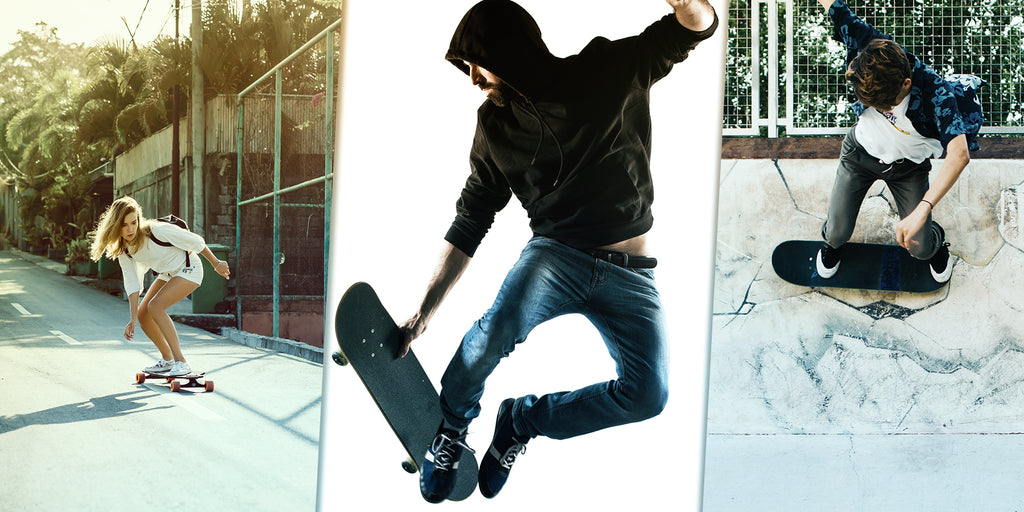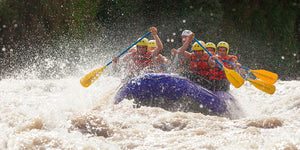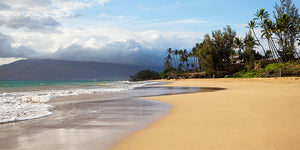How Do You Board

Whether you’re a seasoned pro or a new kid on the block when it comes to skating, style is everything. And we’re not talking about your clothes or even your gear, we mean the style of skating you choose to pursue. Different styles of skateboarding stress different kinds of tricks and equipment, so knowing how you want to ride is important. This list breaks down the major styles of skateboarding, to help anyone who has yet to find their style.
Freestyle is the broadest style of skateboarding, and quite possibly the original as well. This style grew out of the generic use of skateboards as transportation when they were first invented and many standard tricks of today were invented by freestylers. Focusing on fluidity and technique, freestyling is a good place to start for many skaters because it doesn’t require a certain location or specific gear.
Vert is probably what most people imagine when they hear “skateboarding tricks.” This style gets its name from the angle at which you perform tricks. By riding up the surface of a half or quarter pipe, the rider goes horizontal and does their thing before landing back on the board and returning to vertical. This style became popular in the 1970s when skaters would hang out in empty swimming pools, the inspiration for many skate ramps and parks today. Vert is also known as Transition skateboarding.
Street skating is a popular form because it can be done just about anywhere. In this style, everyday objects become your skate park, including benches, handrails, and staircases. This style favors fast boards and narrow decks, to make the tricks quicker. Be careful if you plan to focus on this style though, as law enforcement officers might not take kindly to you jumping up and landing on your “urban obstacles.”
Park skating is just as the name suggests, skating and performing tricks in a man-made park. Skate parks often imitate the shapes of objects found in the real world, so a lot of tricks can easily be ported over from street skating, but the park has a completely different atmosphere. Plus, parks can often include more extreme ramps, that take you higher than anything on the street.
Cruising is the most laid-back style of skateboarding, with the emphasis actually on not performing tricks. Done either in a park or on the street, cruising is a style where you can show your prowess with the board by riding for as long and fast as you can. Wide boards and rubbery wheels help a lot in this style.
Downhill skating is similar to cruising, but often relies on longboards and riders race against each other more frequently. Downhill and Cruising are both older forms of skateboarding, with their origin also lying in boarding for transportation.
As equipment and tricks evolve, new styles are being formed. Big Air skating has been an X-Games category; Technical Flatground (aka Tech and Flatlanding) skating is popular enough to have several names for the style and riders; and Stunt Kook (aka Parkour) skating is regularly seen in online videos and gifs. Each style showcases something that a rider or a group of riders have in common and want to get others to try doing. As you ride, your style may evolve, and different kinds of gear lend themselves to different styles, so don’t be afraid to test, test, test.
Credit: Photo by luis_molinero & sergeycauselove / Freepik
- Outdoors Staff






Comments 0